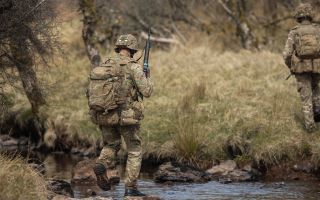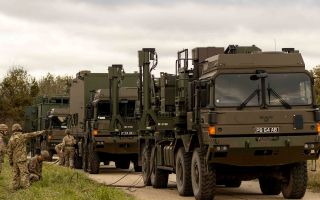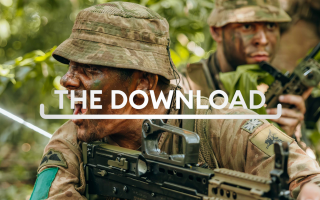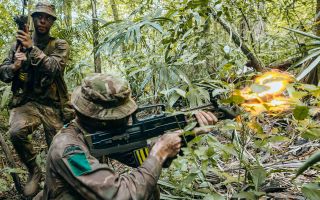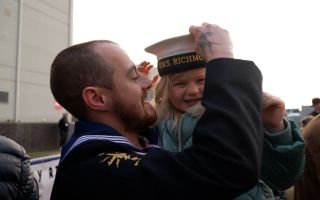Viking: The uncrewed ground vehicle that could be a valuable battlefield asset
The Viking uncrewed ground vehicle has been put through its paces on deployment with soldiers from the Royal Regiment of Scotland in Latvia.
The platform is one of a number of technological innovations being tested out by the troops as the exercise alongside Joint Expeditionary Force (JEF) allies on Exercise Forest Guardian.
The Viking – developed by IDV Robotics – is a versatile vehicle that can potentially fulfil a number of missions in the battlefield environment.
It's a 1,200kg, 6x6 vehicle that can operate autonomously and deliver a number of payloads depending on the mission.
It can be powered by diesel and electricity and has a 250km hybrid range and an electric range of 25km.
Jacob Culley from IDV Robotics said: "Viking is a force multiplier and a life-saving asset.
"The vehicle itself is on board compute, so it's got an autonomy system with features like follow me, so a soldier can walk out, the vehicle will follow them.
"The vehicle has a system called Atlas, so that allows it to run GNSS denied, that's like the patented system we use, so we can run, initialise the vehicle in a GNSS denied environment, so during active jamming and the same thing with the routing.
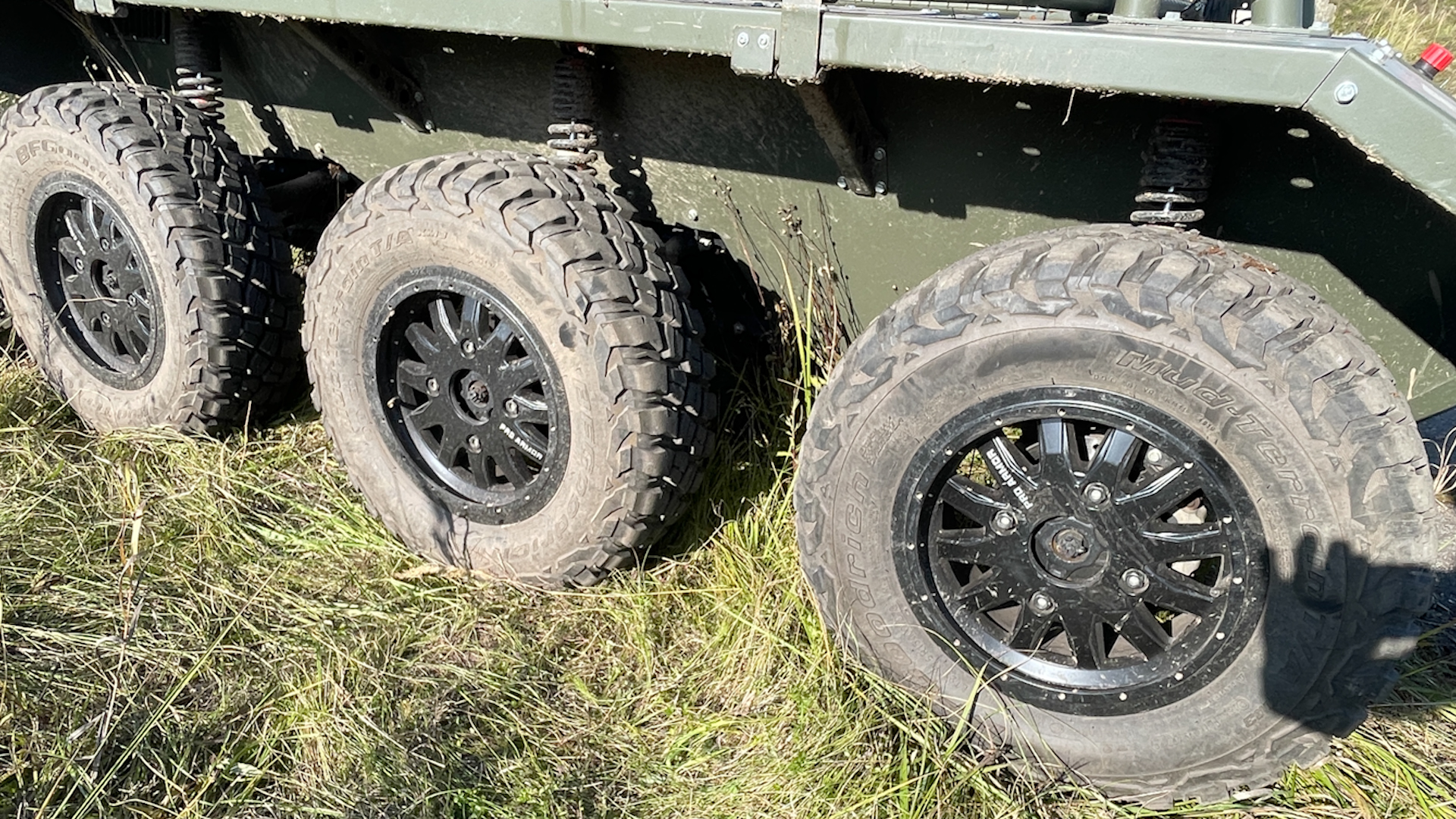
"The vehicle can use aerial photography to look at and detect road networks. So, can use those to follow to reach a target. There's a flat bed, so it can carry a variety of payloads," he added.
"We've got the cage for storage, but we could also run casualty evacuation, so with stretchers on each side.
"We've also run CBRN payloads, so chemical sniffing, as well as ISTAR, so, we've had a large camera head on a mast, on a boom mast, as well as weapon stations.
"The vehicle's fitted with standard payload connectors, so payload can be loaded on.
"The vehicle automatically detects what system is fitted, and then the user gets that option in the base station control software."
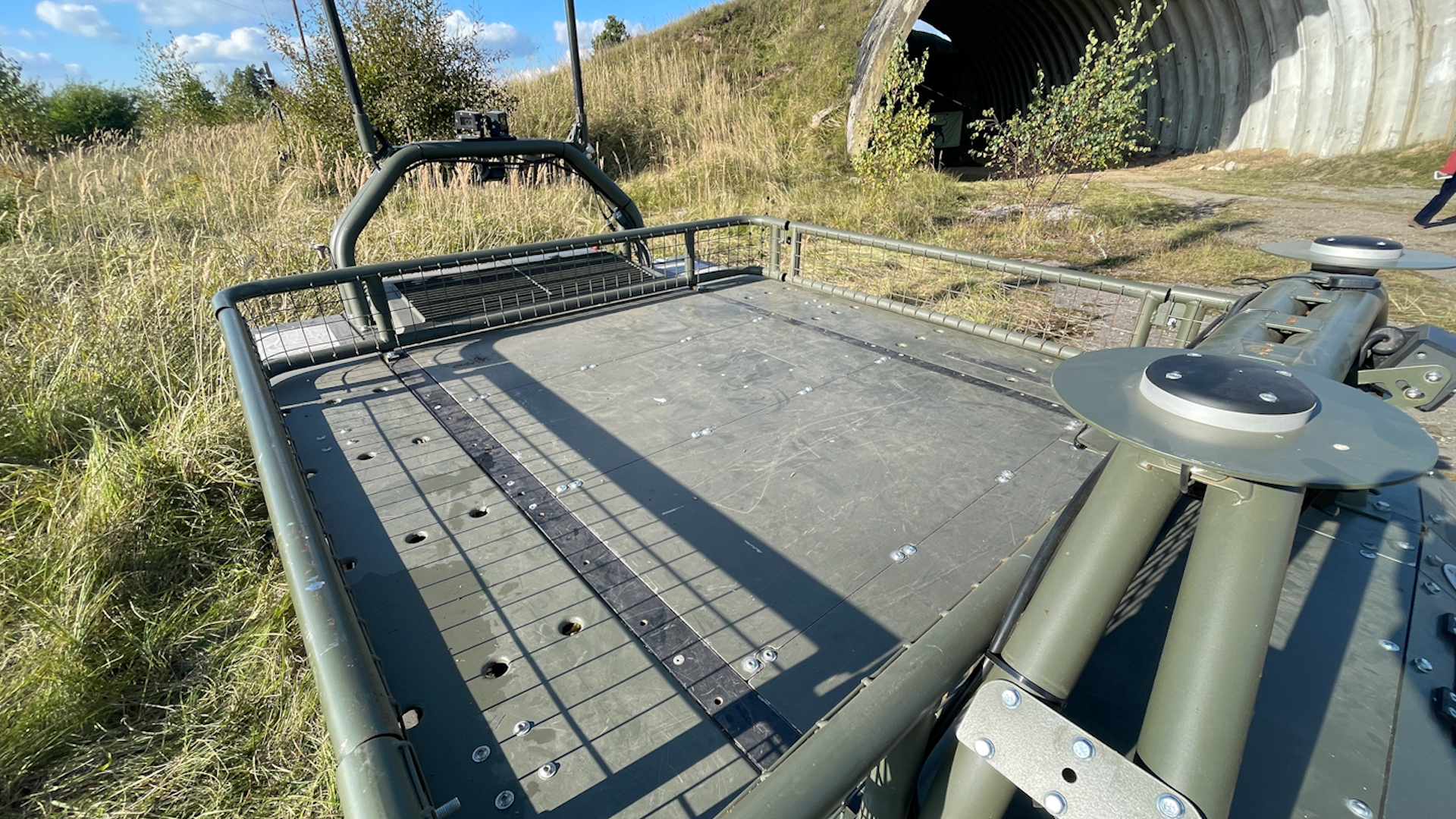
Sweden's military has recently announced it will use the platform, with the UK also considering it as the Armed Forces look to invest in more autonomous vehicles.
Lance Corporal James Bruce of 3 Scots described using it: "Pretty ideal, good for carrying kit and carrying casualties.
"It's less weight on your kit, helping carry casualties out quicker, a lot faster than a normal six-man team if you're on a stretcher.
"It's much easier, less chance of losing guys as well, going down on manpower."

